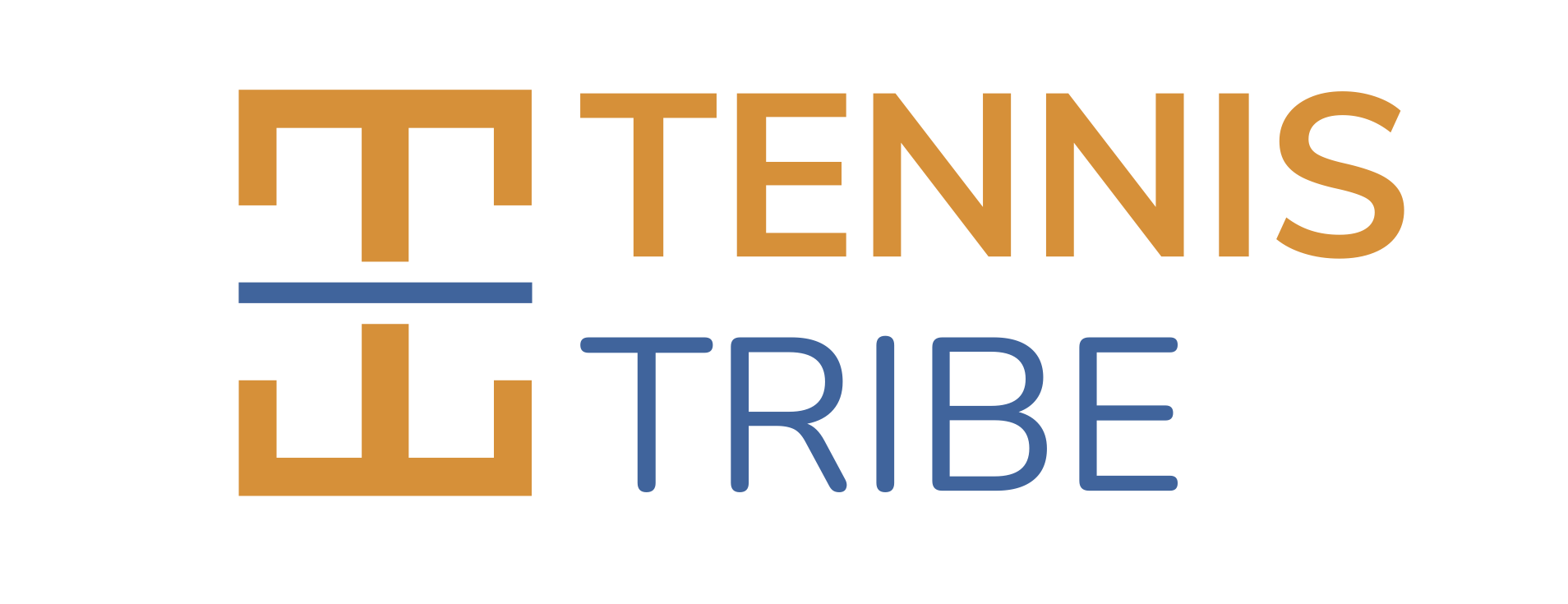“Whew, we did it.”
These are likely the thoughts of any USTA staff who can breathe a sigh of relief with the 2020 U.S. Open officially in the books. Against all odds — pandemic risks, bubble logistics, revenue shortfalls, the absence of many top players, and the many who questioned even hosting the tournament at all — the USTA pulled off a near miracle with only a few hiccups along the way.
Sure, it wasn’t perfect. There was a “bubble within a bubble” after Benoit Paire’s positive COVID case and Djokovic’s default incident in the first week. But luckily the compelling U.S. Open storylines and high-quality tennis overshadowed these early stumbles by the end of the tournament to make for a highly successful event.
Without further adieu, here are 10 things we learned from the 2020 U.S. Open.
1. Adios to the Asterisk
If there was ever any doubt, it’s time to close the asterisk debate. Both men’s and women’s draws largely held true to form and produced some incredible matches in the latter tournament stages.
On the women’s side, we were treated to a pair of epic semi-finals featuring three of the biggest stars in the game (Osaka, Serena, Azarenka) and the hottest player of the summer (Jen Brady). The men’s semi-finals included arguably the three best players beyond the Big 3 (Thiem, Medvedev, Zverev) and Pablo Carreno Busta.
Any tournament where Naomi Osaka and Dominic Thiem walk away as the winners is certainly no asterisk in my book.
2. Tennis at its Purest Form
Before COVID, empty stadiums at sporting events was something we weren’t accustomed to. Now it feels a lot more “normal”. Fans or not, we learned it doesn’t take away from the intimacy and intensity between two competitors battling it out on the tennis court.
We heard more “come on”, “vamos”, “allez”, yells to the player’s boxes, and other sounds (like Dominic Thiem’s Adidas shoe rant) that usually get drowned out by the screaming fans. If anything, having no fans probably took the pressure off some players and helped produce higher quality matches (exception: men’s finals).
While we hope packed stadiums return next year, it was a rare treat to see how the players fared in this raw environment. Louisa Thomas described it best in her recent piece in the New Yorker.
3. A Game of Momentum Swings
For anyone who watched Serena-Azarenka, Osaka-Azarenka, and Thiem-Zverev, the sequence of each match felt strikingly similar. One player came out firing for 1-2 sets and it seemed they could do no wrong. The other player started out cold and didn’t have any answers. It looked like each match was going to be a blowout after the first 60 minutes.
Then, before you knew it, their opponents saw a small window of opportunity when the player in the lead let up and the tides began to turn. Tennis is a mental game full of momentum swings, and the best players know how to take advantage of these windows and turn the match around. We saw this firsthand for three consecutive matches.
4. Osaka Inherits the Throne
With three slams now under her belt at the ripe age of 22 and seemingly more poise and comfort on the big stage than we’ve seen in the past (both on and off the court), it’s now much easier envisioning Naomi Osaka finishing her career with a double-digit slam count.
She’s one of only five active WTA players (alongside Serena, Venus, Clijsters, and Kerber) with three or more slams to their resume. Keep in mind the other four listed are all over 30. Sure, a lot can change from now until then, but either way, it’s exciting to see a WTA player of Osaka’s caliber emerge, both in terms of her talent ceiling and level of global influence and star-power.
Let’s face it, women’s tennis has been looking for a Serena heiress and/or rival for quite some time. Osaka has proven herself as a more than worthy candidate to inherit the throne.
5. Thiem’s Time to Shine
In his fourth attempt, Dominic Thiem was finally able to win his maiden grand slam title. While Zverev was the better player for much of the match, Thiem played better in the biggest moments and took advantage of opportunities when Zverev got tight.
With the second most ATP tour match wins (behind Djokovic) since 2016, Thiem had already established himself as the clear “next best” beyond the Big 3 before the U.S. Open. Having this title under his belt will only further solidify his position as he distances himself from the pack.
The real question is…can he win a grand slam with the Big 3 in the field? We’ll find out in a few weeks at Roland Garros.
6. U.S. Women Keep Getting Deeper
With 11 American women making it to the third round, four in the Round of 16, three in the quarterfinals, and two in the semi-finals, it was another strong showing for the red, white and blue. The best part? We saw big results from players you’ve probably never heard of.
Beyond Serena, Venus, and other big names like Coco Gauff and Madison Keys, another crop of less touted “middle-aged” players put on strong showings like Jen Brady, Jessica Pegula, Shelby Rogers, and Madison Brengle. Though Gauff quietly went out in a tough first-round three-setter, her doubles partner Caty McNally also impressed with a third-round finish, her best Slam performance yet.
While the late 1990s and early 2000s could be considered the best era in U.S. women’s tennis with Monica Seles, Jennifer Capriati, Lindsay Davenport, and The Williams Sisters all in their prime, the American field back then was mostly top-heavy. Today, we have 17 U.S. women throughout the top 100 with many more on the cusp of breaking through.
Plus, many of them are African-American, which Christopher Clarey attributes to Serena and Venus’s legacy in this New York Times piece.
7. Djokovic’s PR Woes Continue
If anyone needs a raise this year (or a drink), it’s Djokovic’s PR team.
From his controversial comments about COVID vaccines to his quarantine conversations about water molecules to the Adria tour COVID breakout to the controversial PTPA announcement to his U.S. Open default, it’s been a wild ride for the Djokovic team in 2020.
Will any of these incidents have long-term impacts on his reputation?
It may be too early to tell, but you’ve got to think in some ways it will. Jon Wertheim said it best in his U.S. Open 50 Parting Thoughts – “Novak’s intentions are good; it’s just that… He is not a figure to be reviled. He is, if anything, a figure to be pitied.”
8. Moms Reign Supreme
Let’s hear it for the moms. There were nine total mothers in the U.S. Open singles draw, with three of them (Serena, Azarenka, and Tsvetana Pironkova) reaching at least the quarterfinals. This list also included four-time grand slam champion Kim Clijsters, who still impressed in her first-round loss, and former grand-slam finalist Vera Zvonareva, who walked away with the doubles crown alongside partner Laura Siegemund.
“Once you become a mother you don’t automatically lose your ability to play tennis.”
Tsvetana Pironkova
The WTA should be applauded for revamping its maternity leave policy to make it more feasible for moms to come back on tour without having to immediately climb all the way back up the rankings. This quote from Tsvetana Pironkova for WTA Insider sums it up best – “Once you become a mother you don’t automatically lose your ability to play tennis.”
9. The Big 3 Have Spoiled Us
When’s the last time we saw an ATP grand slam final when both players were playing that tight? I would guess sometime in the early 2000s when the men’s game was in a transition period of stars between Agassi/Sampras and Federer/Nadal.
After seeing how tight Thiem and Zverev were playing, it’s easy to take for granted how reliably great each of the Big 3 are in these pressure moments. It was also a reminder that even proven top 5 players like Thiem and Zverev can still get nervous (hello 68 MPH second serves from Zverev) and lose their game in the tightest moments of a match.
10. Some Bubbly for the Bubble
During the U.S. Open, there were over 4,000 people working the event and 14,000+ COVID tests performed with only six total positive results (0.04 percent). It’s clear the bubble method works.
Major props to tennis and other professional sports for adapting to develop a viable and safe way to bring back live sports in today’s unpredictable climate.
Next, all eyes will be on the French Open. With 11,000+ fans permitted on site, how will the Roland Garros “bubble” hold up?


Leave a Reply